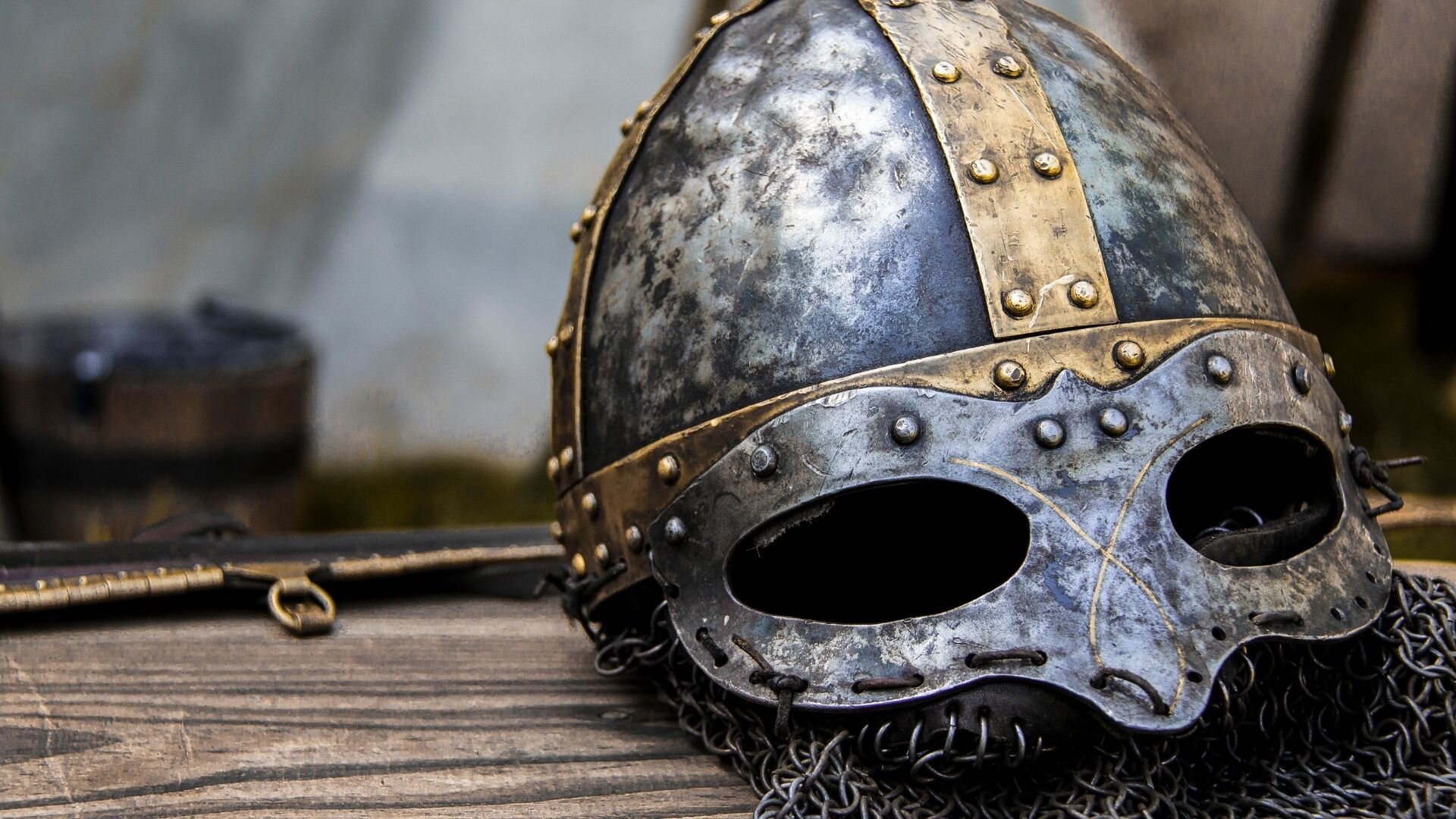10 Toughest Vikings in History
If you’ve seen History Channel’s Vikings, then you might think you have a pretty good idea for who the toughest Vikings to ever live were.
However, Vikings the show is horribly historically inaccurate.
So just who were the toughest Vikings to ever live?
10. Thorkell the Tall
Member and leader of the legendary Jomsvikings, Thorkell was a powerful Viking Chief and a very influential one, largely thanks to the role he played in raising Cnut — the eventual king of England, Denmark and Norway. One of Thorkell’s most notable battles includes his involvement in the Siege of Canterbury that took place in 1011, alongside other notable Vikings, including Olaf the Stout (also included on this list). Thorkell was known for being, of course, tall, wise, and an incredibly skilled warrior.
9. Cnut the Great
It takes an extraordinary person to unite one country, let alone three. Cnut was the leader of a great empire known today as the North Sea Empire, and his rule was won in blood. Although a Christian king, Cnut was no stranger to violence, and made use of it to consolidate his rule over what might well have been the greatest empire of the Viking Age.
8. Ivar the Boneless
Like many of the stories and legends surrounding people at this time, nobody knows why Ivar was dubbed “the boneless”. Some legends have it that he could not walk, and that he was carried on a shield into battle. This, of course, will be familiar to anyone who has watched the Vikings show. Many, however, consider his nickname to be a reference to his unwavering courage in battle.
Ivar was one of the leaders of the Great Heathen Army that conquered much of England, supposedly to avenge their father’s death at the hands of an English king. However, nobody knows whether or not this is true. But what is true, however, is that Ivar was an incredibly cunning and powerful Viking, equal in strategic ability to any hero of the Viking age.
7 & 6. Leif Erikson and Erik the Red
There are different kinds of toughness, and battle hardened toughness is just one of them. It also takes incredible mental fortitude to go where no other man has gone before. Such is the case of Leif Erikson. Despite many of us giving claim falsely to Columbus for being the first European to discover America, Leif was actually the first to do it. His claim is backed up by scientific proof, as remains of the Vikings have been found in and around Newfoundland.
Leif, it seems, was destined for greatness, and was perfectly positioned to achieve what nobody else had achieved before. His father, a legend in his own right and trouble maker, got into some trouble in Iceland for killing some people he didn’t like. Called Erik the Red, partly because of his bad temper, partly because of his red hair, Leif’s father was also an explorer. It’s thanks to him that we have the name Greenland today. Erik called it Greenland in a way to entice other Icelanders to join him in a settlement there (of course, at that time, Greenland would have been considerably more green and considerably less icy).
Thanks to his new home in Greenland, Leif was just a stone’s throw (or two or three) away from discovering America.
5. Olaf Trygvasson
St. Olaf (who we’ll get to in a bit) wasn’t the only Viking king to try and Christianize all of Norway. Trygvasson beat him to the punch by forcing much of his kingdom to become Christian at the edge of a blade. However, Trygvasson’s attempts failed in the end, and he was killed in battle.
4. Egil Skallagrimsson
Who says you can’t have brains and brawn. Egil certainly did. He was one of the most accomplished poets among the Vikings, as well as an accomplished warrior. He wrote his first poem at age three, and committed his first murder at age seven. Luckily, thanks to his skills in writing, Egil was able to win favor with Eric Bloodaxe, whose son Egil had killed, and lived to a ripe old age.
3. Ragnar Lothbrok
Semi legendary early Viking king, not a lot is known definitively about Ragnar Lothbrok. His claim to fame was that he pillaged a lot of places in France and England, and died at the hands of King Aella of Northumbria. He is, however, most famous for his sons who went on to conquer much of England in their father’s name.
2. Harald Hardrada
Half Brother of St. Olaf and considered by many to be the last great Viking, Hardrada, or “Hard Ruler”, survived the battle of Stikelstad where St. Olaf was killed, and fled to the East to live among the Rus Vikings. Eventually, he made it down to Constantinople and joined the Verangian Guard, the most elite fighting unite of the age. After showing impressive qualities in his service there, Hardrada returned to Norway and united the kingdom once again.
His final great act was his attempted invasion of England in 1066. Although his attempt failed and he was killed, his attack effectively weakened the English forces, enabling William the Conqueror to invade England for the final time.
1. St. Olaf
St. Olaf Haraldsson is the only Viking Saint I know about. That’s right. He was literally a Viking who went on Viking raids and did all the Viking stuff other Vikings did but also died and was canonized a saint by the Catholic Church. Olaf was known for being stout as opposed to tall, and was deeply religious. Allegedly a decedent of Harald Fairhair, Harald used this claim to fame to unite all of Norway, with the goal of making it a Christian nation.
Unimpressed with his Christian leanings, however, the other Viking Earls staged a coup, ousting Olaf from his place at the top. After a brief retreat in the Viking owned lands to the East, Olaf returned in style, only to die at the battle of Stikelstad in 1030.
Many miraculous occurrences are noted not only at the time of Olaf’s death and afterwards, but also during his life, as well. His death is viewed by the Catholic church as a martyrdom in his cause to bring Christianity to Norway.








